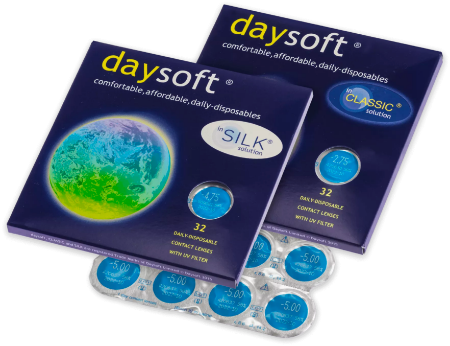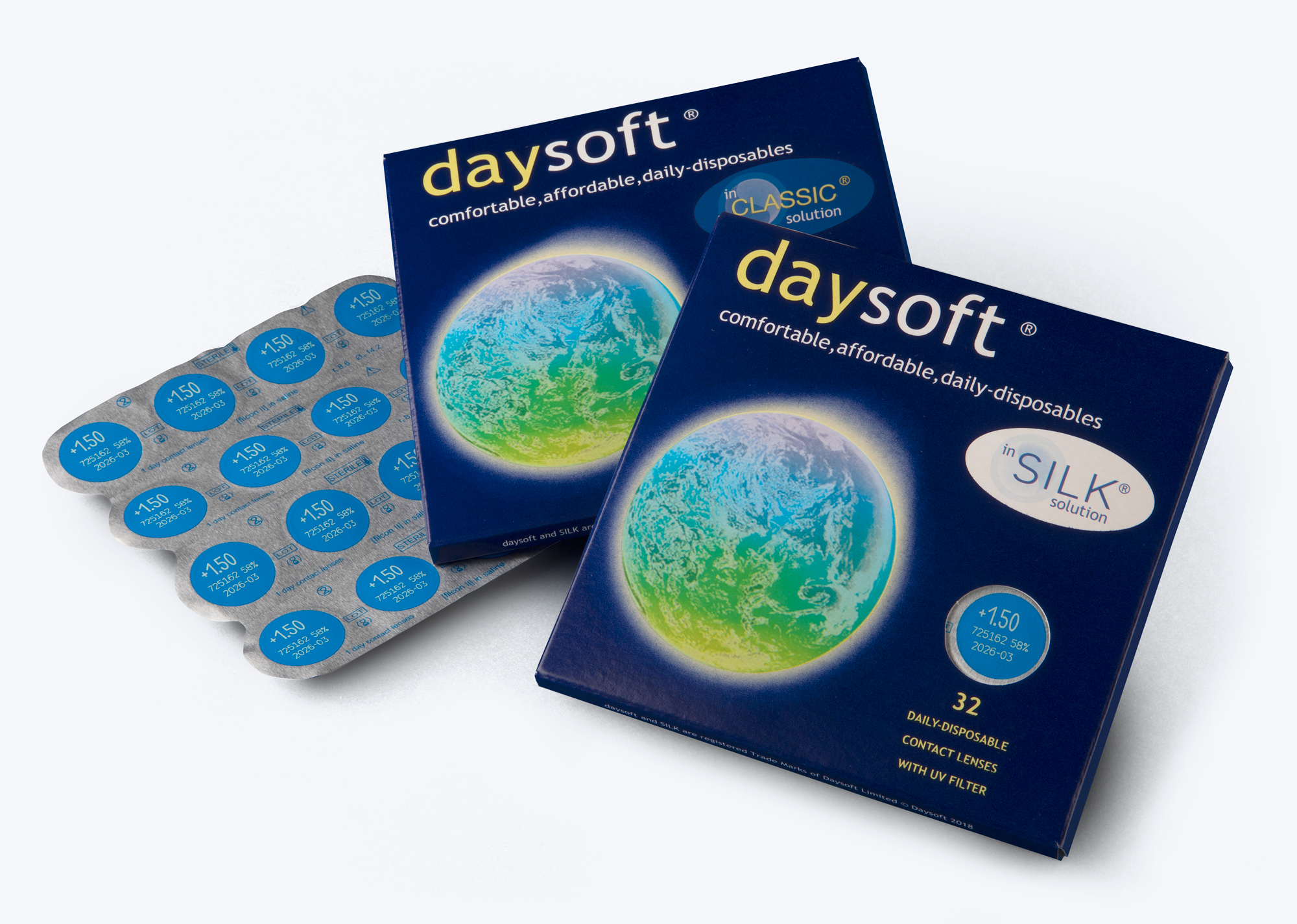If you’ve ever watched your child play football with steamed-up glasses or struggle to keep them on during gymnastics or dance class, you’ve probably wondered: “Would contact lenses make life easier?” You’re not alone. Many parents are asking when kids can start wearing contact lenses – and whether it’s a smart move.
The short answer? It depends less on age and more on maturity. But with the right guidance, contact lenses can be a brilliant step forward – for vision, confidence and freedom.

Can children wear contact lenses?
Yes, children can wear contact lenses, and many do very successfully. In fact, the British Contact Lens Association reports that even kids as young as eight years old can manage lenses responsibly when properly supported. The real question isn’t “can they?” but “are they ready?”
Let’s explore how to decide.
Age vs. responsibility: the big decider
Most optometrists suggest children between the ages of eight and 12 may be ready to start wearing contact lenses, depending on their level of responsibility and ability to follow hygiene routines.
Here are a few signs your child might be ready:
-
They manage their glasses well and rarely lose or break them.
-
They have good personal hygiene habits (think: clean hands without constant reminders!).
-
They’re motivated, either for sports, confidence or just to ditch the glasses.
-
They can understand and follow instructions independently.
If that sounds like your child, contact lenses might be worth considering. If not, it might be something to revisit in a year or two.
Why choose contact lenses for children?
Contacts aren’t just for grown-ups. In fact, they can offer some real advantages for younger wearers, especially active kids or those with specific visual needs. Here’s how contact lenses can make a real difference in your child’s daily life:
Better performance in sport
Contact lenses stay put – no slipping, fogging or bouncing like glasses do mid-game. Whether they’re on the football pitch or at dance class, your child can move freely and focus on their performance, not their frames. Discover more about choosing the right lenses for sport for your child.
A wider field of vision
Because contacts move with the eye, they provide a full, uninterrupted field of vision, unlike glasses, which can cut off peripheral sight. That’s a big plus for both spatial awareness and safety.
Increased confidence
Some kids feel self-conscious about wearing glasses, especially in social settings. Contact lenses can boost their confidence, helping them feel more like themselves.
Are there risks to contact lenses for kids?
As with any medical device, contact lenses come with a few caveats. While many children wear them successfully, it’s important to understand the risks – and, more importantly, how to minimise them with the right habits and support.
With supervision, clear rules and good hygiene, most of these risks can be easily managed or avoided entirely. Here’s what to look out for, and how to help your child avoid the most common pitfalls:
Poor hygiene
Risk: not washing hands properly or mishandling lenses can lead to infections or eye injuries.
Solution: teach and supervise a strict hand-washing and lens-handling routine, especially in the early days.
Sharing lenses or using them incorrectly
Risk: wearing someone else’s lenses (yes, it happens!) or moistening them with saliva can cause serious eye infections.
Solution: make it clear that lenses are like toothbrushes: personal use only. No sharing, no shortcuts.
Ignoring professional guidance
Risk: not following your optometrist’s instructions can result in poor fit, discomfort or even injury.
Solution: reinforce that contacts are a medical device, not a fashion accessory, and regular check-ins with an optometrist are non-negotiable.
Buying novelty lenses from unreliable sources
Risk: decorative or cosmetic lenses sold online or at markets may be unregulated and unsafe.
Solution: only purchase lenses from licensed eye care professionals or trusted suppliers, like daysoft, with a valid prescription.
Corneal ulcers (rare but serious)
Risk: ulcers are severe eye infections that can lead to vision loss if untreated, often linked to improper wear or hygiene.
Solution: stick with daily disposable lenses like daysoft, and never let your child sleep in their lenses.
Seasonal allergies
Risk: contacts can be problematic for kids who suffer from hay fever or similar conditions.
Solution: opt for daysoft CLASSIC daily contact lenses, which are packed in a simple saline solution with no added moisturisers. These lenses can be beneficial to allergy sufferers and people with sensitive eyes.
How parents can support the transition
The idea of your child putting something in their eye might feel a bit yikes at first, but with guidance and routine, most kids adapt quickly.
Here’s how you can help:
-
Supervise at first: support your child with insertion, removal and cleaning routines. We’re here to support you: read more about common contact lens mistakes and how to avoid them and what to do when wearing contact lenses for the first time.
-
Start with dailies: daily disposable contact lenses are great for beginners because there’s no faff with cleaning solutions.
-
Normalise hygiene: make clean hands and lens care part of the routine.
-
Stay in touch with your optometrist: regular check-ins help ensure eye health and comfort.
And if it turns out your child isn’t quite ready? That’s OK. A positive, pressure-free experience now means they’ll be more confident to try again later.
So, when should your child start?
Contact lenses for children can be a game-changer, not just for sport or vision, but for self-esteem and independence too. The key is making the move when they’re ready, not when someone else says they should be.
If your child is motivated, responsible and ready for a bit more independence, between eight and 12 years old is a great time to explore contact lenses. But there’s no rush. What matters most is a good fit for your child’s needs and maturity – and the right support from you.
When that time comes, we’re here to help with soft, comfortable, easy-to-use daily disposable contact lenses, and advice that makes the transition smooth and stress free.
Ready to make the switch? Explore our range of affordable daily contact lenses designed for comfort, ease and active lifestyles. Try daysoft today.



